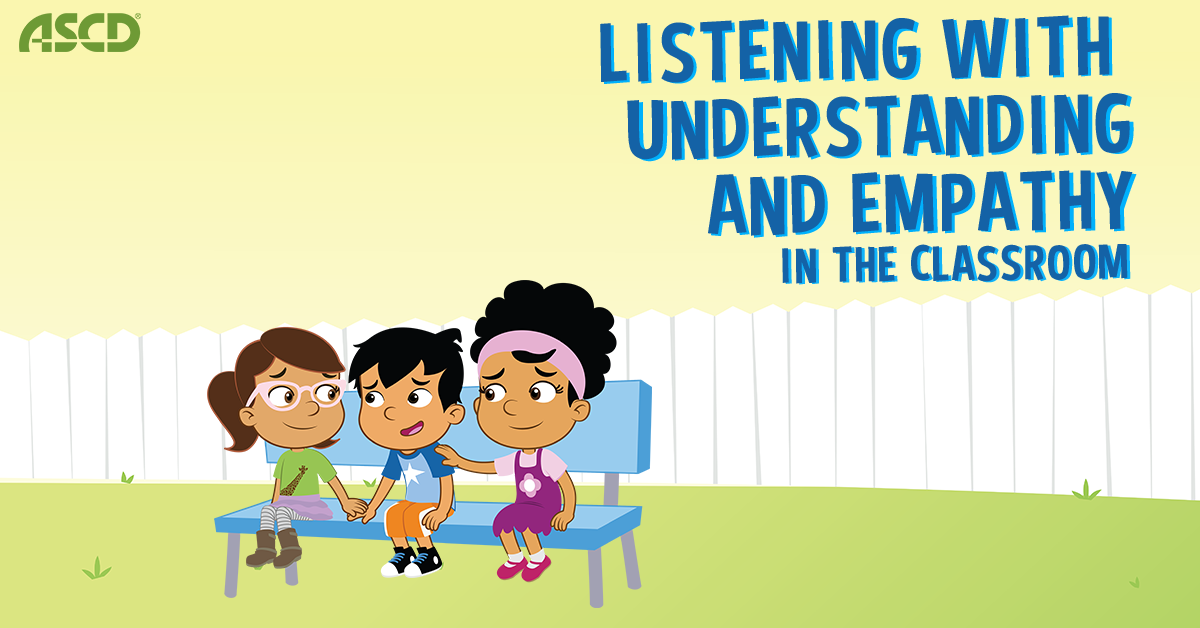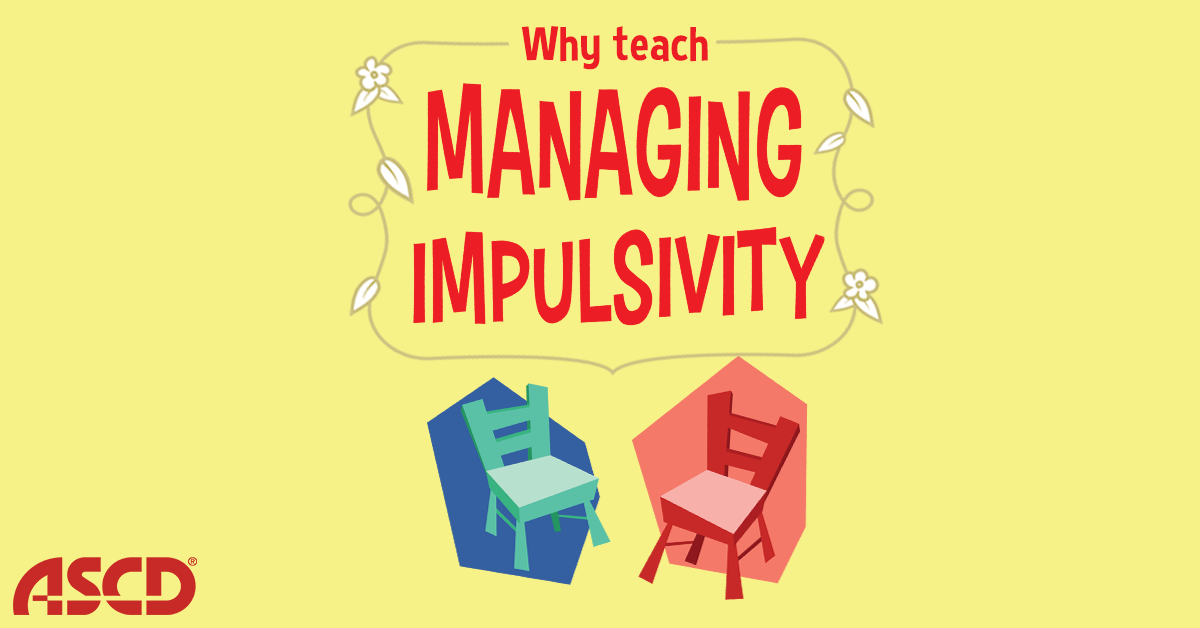“If you can control your potty, you can control your body.”
Believe it or not, I can say this with a straight face after repeating it several thousand times over the past few years. And although passersby may give me a strange look if they happen to overhear it, this phrase holds the power to put little wiggly bodies in line without touching, pushing, or licking each other.
Through my experiences as a teacher, I’ve learned that I can’t really teach anything until my kids can manage their impulsivity… and to be totally honest, until I can manage mine. In my first few years of teaching I found that the “basic” tricks of the trade worked for 80% of my kids but man… those other 20% can sure disrupt more than 20% of my plans. Of course, as with most things, if you put forth effort, research, and good old trial and error, you get better. And I did get better. I found more resources, I had more experiences to draw on, and I am now able to see progress in all of my kids after just a few weeks.
So what’s the magic pill? Well there is no cure all. We are all impulsive. We all have bad days. But we all have the ability to manage that impulsivity. I also believe we can teach kids to manage their impulsivity through a few things:
1. Making impulsivity tangible
2. Offering replacement behaviors and…
3. Humor and entertainment
Making impulsivity tangible is the first and most important step to helping kids manage it. Mostly because… well they’re kids! Abstract ideas are really hard. For example, if I yell at a child to “stop it,” he will usually try to stop, but it may only be for a few seconds. Why? Because whatever that kid is doing (wiggling, shoving, poking, kicking, crying, licking, running, standing on a chair, eating glue), it’s because he is having an impulse. That impulse can be triggered by emotions, external factors, or even sensory issues. Understanding that impulse is difficult.
That’s why I use my go-to phrase for MOST of my kiddos: “If you can control your potty you can control your body”. Why do I use this? 1. It’s funny (We can talk about that later) and 2. It’s a physical impulse that most kids can understand. By relating using the restroom to impulse management, I’ve now made an abstract idea tangible and understood. The impulse to use the restroom is an impulse that kids can relate to. I usually talk to kids about this phrase before I just start throwing it out there. I ask WHERE it is ok to go to the bathroom (this may be an important lesson in itself!). We talk about when and where and how to ask and that sometimes we have to wait for other people, wait until we get to school if we are on the bus, or wait until we get home if we are in the car or walking home. Then I say, “But sometimes you NEED to go! So how do you wait?” Usually the kids kind of stare at me like “I don’t know you just do”. I also usually get a similar response to “You hold it because you have to”. EXACTLY! Your impulses are not bad! You want to talk, have fun, run, get away from someone, hit something! That FEELING is fine! BUT you DO have to wait until the right place and time. Then we can brainstorm the right place and time for actions related to feelings and impulses. That conversation becomes shorter and shorter throughout the next few weeks… and eventually my message is given loud and clear by the phrase mentioned above! I’m of course not saying this is the magic phrase… I’m sure there’s a more poetic way of communicating the tangibility; however, it works for me!
Replacement behaviors are also SUPER important. This is important for all people, adults or children, when changing a habit. It’s important because the IMPULSES never go away. Our reaction to those impulses need to change. Once we can understand impulsivity and replace those behaviors, we can certainly start moving toward managing our impulsivity on a daily basis (kids and adults!) A list of behaviors and replacement behaviors that would be more acceptable would be a whole blog in itself, but as an example… a child who yells and pushes when he or she is angry would need to first recognize the impulse and the the feeling (my face gets hot, my heart beats fast, my fists ball up) and then learn a replacement strategy for when that feeling comes on (ask to go to a sensory area and hit a pillow, draw a picture of what made you mad, blow bubbles, take deep breaths) replacement options will be different for different grades and developmental stages.
Last, we teach kids people! Humor and entertainment have a HUGE part in what we do. If you’re a good elementary teacher you’re probably performing for a good part of the day. You need to get kids’ attention, keep it, and deliver a message that they WANT to hear, otherwise you’re just talking to little zombies. That’s why I love my “control your potty” phrase so much— but it’s also why I love the Habits of Mind Animations about behavior. I see kids imitating what they see in the animations and wrestling every day… now they can watch their favorite animated characters make hard decisions and maybe even learn the hard way from time to time in a SHORT animated story that delivers a message that is entertaining, on the topic I want to teach, and it is non-personal. When I talk to a child about managing his or her impulsivity after we have already gone through making it tangible with an animated story, establishing replacement behaviors, and adding some humor and entertainment to the mix, I don’t have to start a conversation by making the child feel bad about making… well… a CHILDISH mistake. I can say “Remember Chris? He really wanted that red chair and what did he do? What happened? What did he learn? What were you feeling today? What did you do? What happened? How can you manage your impulsivity better next time?” The conversation about consequences is now much less intimidating, and there is less of a chance for ANOTHER blow up happening because of the confrontation.
So once we are able to help our little ones manage their impulsivity and have these conversations on a regular basis after laying the groundwork, the last side effect is that we are better at managing our own impulsivity. After all, you never really understand something until you teach it, right?Janelle Vargo is an elementary intervention specialist for Northridge Schools in Dayton, Ohio. She has been using Habits of Mind animations and lessons for her students both in the resource room and inclusive classrooms since their creation. Janelle has written lessons and articles for private educational companies as well as consulting with companies and school districts looking to make their interventions simple, efficient and meaningful to children. As a local business owner of Two Birds Artwork which specializes in custom artwork and art classes for kids through adults, Janelle strives to incorporate multi-sensory creative learning opportunities for young students who are often bored and uninterested in school. She and her husband also run The Athletic Proving Grounds in their hometown which houses workout groups for adults, speed groups for 5th grade and up, and Sport differentiated training for student athletes. Through these experiences, she seeks to instill a “beyond the test” mentality in her students where they are able to participate in activities that engage imagination, movement, problem solving, and perseverance. She can be contacted at Janelle.vargo@yahoo.com.



